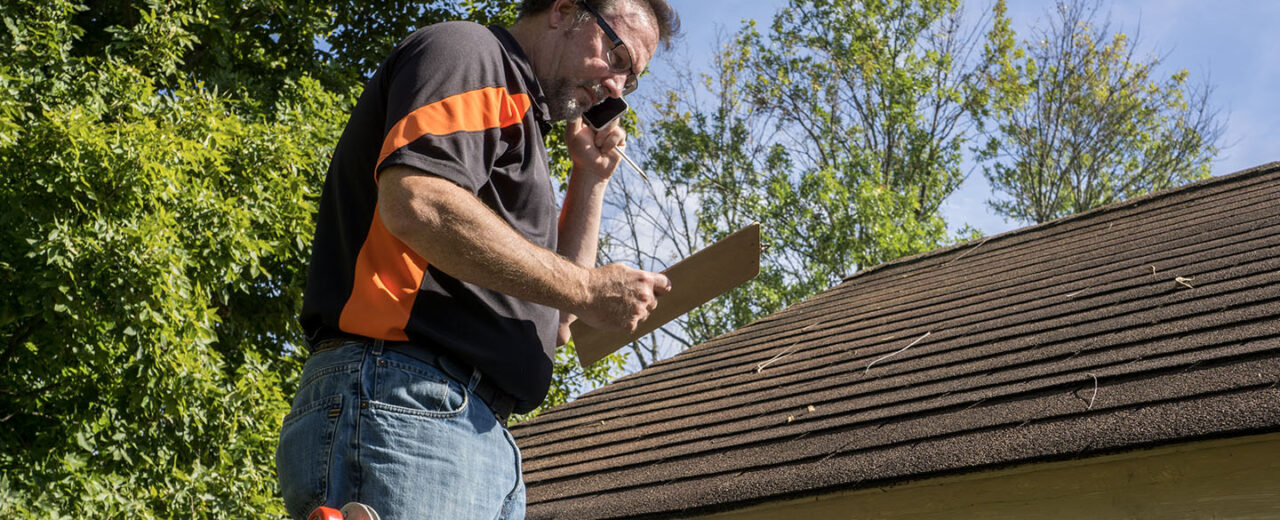Why Home Inspectors Flag Roofs – and How to Avoid Surprises
When you’re buying or selling a home, the roof plays a starring role during the inspection process. Home inspectors routinely flag roofing issues, often leading to renegotiations, delayed closings, or even canceled deals. But why do roofs raise so many red flags—and what can homeowners do to avoid getting blindsided?
Why Roofs Get Flagged
1. Visible Damage or Wear
Inspectors are trained to spot missing shingles, exposed fasteners, cracked flashing, soft spots, and sagging areas. These are all signs that the roof may not be watertight or structurally sound. Even cosmetic issues, such as granule loss on shingles, can raise concerns.
2. Improper Installation
Sometimes, it’s not what you see—it’s how it was done. Inspectors often find problems with ventilation, flashing, or underlayment that don’t meet local building codes or manufacturer guidelines. Even a newer roof can be flagged if it was installed incorrectly.
3. Signs of Water Damage
Stains on ceilings or attic wood, mold growth, or musty odors can indicate a leaking roof, even if the exterior looks fine. Inspectors will always trace moisture issues back to the roof as a potential culprit.
4. Age of the Roof
Roofs don’t last forever. Asphalt shingles typically last 20–30 years, while tile and metal may last longer. If the roof is nearing the end of its expected lifespan, an inspector may flag it, even if it’s currently functioning well.
5. Inadequate Ventilation
A roof that can’t breathe can trap heat and moisture, leading to premature aging, mold, and insulation damage. Inspectors will check for soffit vents, ridge vents, and proper attic airflow as part of their evaluation.
How to Avoid Surprises
1. Get a Pre-Listing Roof Inspection
If you’re selling, don’t wait for the buyer’s inspector to deliver bad news. Hire a reputable roofing contractor to perform a thorough inspection before you list. They’ll identify issues you can fix in advance, helping you present your home with confidence.
2. Keep Maintenance Records
Document any repairs, cleanings, or upgrades you’ve done to your roof. A paper trail reassures buyers and helps an inspector see that the roof has been properly maintained over time.
3. Schedule Annual Inspections
Even if you’re not selling, regular roof checkups (especially after harsh weather seasons) can prevent small issues from becoming big problems. Most roofing companies offer affordable annual inspection programs that can catch wear and tear early.
4. Address Minor Repairs Promptly
Don’t ignore a loose shingle or leaky gutter. Small problems compound over time and may result in your roof being flagged during inspection. Staying proactive saves money—and headaches—in the long run.
5. Know Your Roof’s Age and Warranty
Buyers will ask, and so will inspectors. Know when your roof was last replaced, the type of materials used, and whether a transferable warranty exists. This transparency can help alleviate buyer concerns and expedite the sales process.
Bottom Line:
Roofs get flagged by home inspectors because they’re one of the most expensive—and critical—parts of a home. However, you can stay ahead of the curve with proactive maintenance, thorough documentation, and regular inspections. Whether you’re preparing to sell or want peace of mind, staying on top of your roof today can save you major surprises tomorrow.


